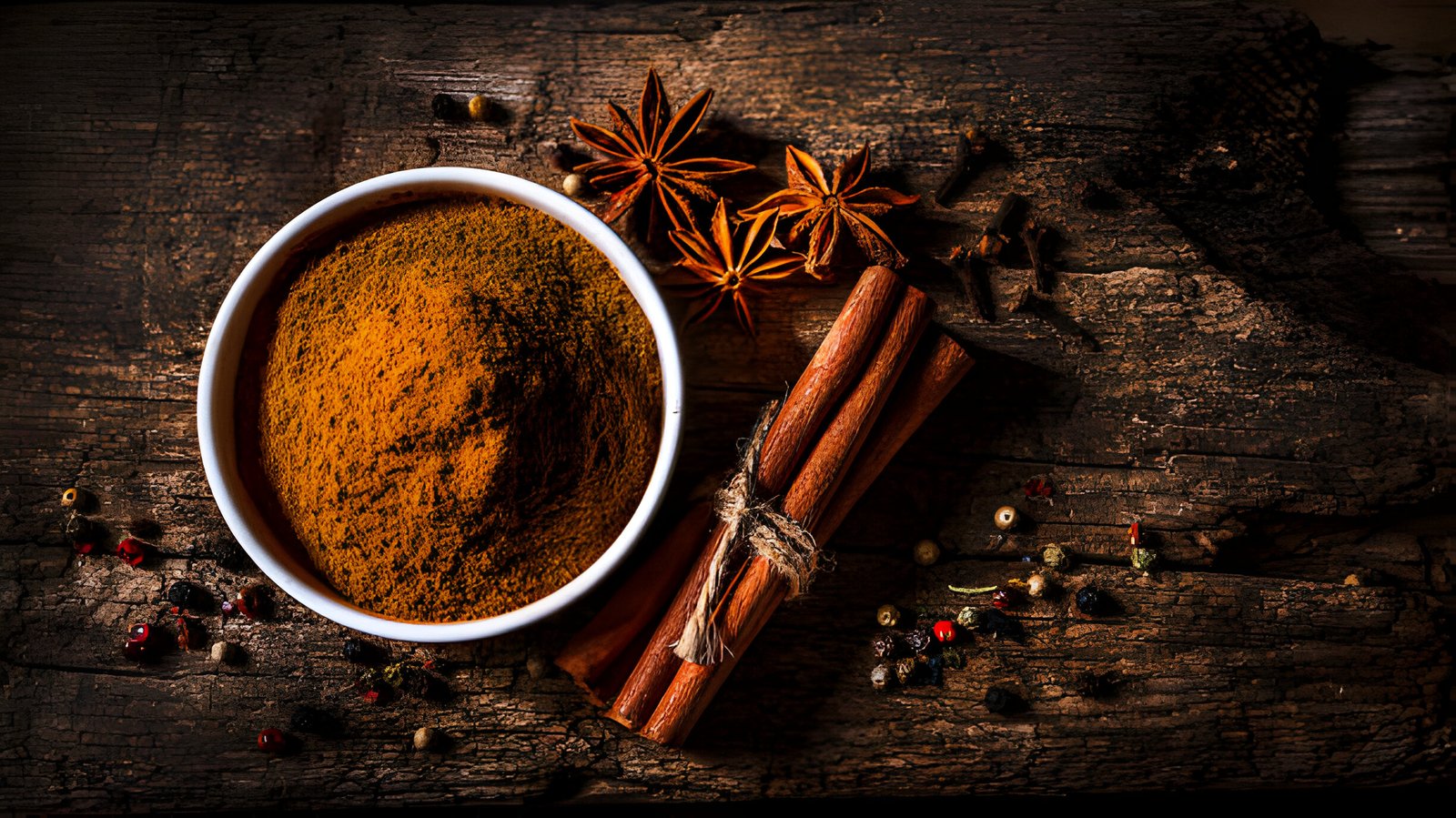Image Credit: GetyImage
Star anise, derived from the fruit of the Illicium verum plant native to Southwest China, is a spice celebrated not only for its distinct flavor and aroma but also for its impressive range of health benefits. This star-shaped pod has carved a niche for itself in kitchens and traditional medicine cabinets around the globe, thanks to its potent antifungal and flavonoid components. Often associated with dishes such as desserts, soups, and teas, star anise also plays an intriguing role in the production of Tamiflu, underscoring its importance beyond culinary uses.
The forthcoming sections will delve into the multifaceted world of star anise, exploring its health benefits, culinary uses, and the essential oils derived from this spice. Additionally, the article will address safety measures and the potential for allergic reactions, providing readers with a comprehensive understanding of how to utilize star anise not only to enhance the flavor of their dishes but also to bolster their health regimen. Through this exploration, readers will gain insights into integrating star anise into their diet and learn to navigate its uses with the necessary precautions for a holistic approach to wellness.
Health Benefits of Star Anise
Star anise, a spice derived from the fruit of the Illicium verum plant, is renowned for its pharmacological attributes, particularly its high shikimic acid content. This compound is crucial for its antiviral capabilities, notably as a primary ingredient in Tamiflu, which is used to treat influenza. Research underscores the increasing demand for star anise as the influenza pandemic remains a global health threat. Additionally, studies suggest that the essential oil of star anise might combat other viral infections, including herpes simplex type 1.
Antiviral Capabilities
Star anise plays a pivotal role in antiviral treatments due to shikimic acid, which is extensively used in pharmaceuticals to combat flu viruses. The spice’s increasing importance in treating viral pandemics highlights its potential beyond traditional culinary uses.
Antifungal Properties
The spice is also a rich source of anethole, a flavonoid that imparts its distinctive flavor and possesses potent antifungal benefits. Research has shown that trans-anethole derived from star anise can inhibit the growth of pathogenic fungi in crops. Further test-tube studies indicate that other compounds in star anise, like terpene linalool, may suppress biofilm and cell wall formation of infectious fungi, offering potential protective benefits against fungal infections.
Antibacterial Benefits
Star anise is effective against bacterial growth that causes common illnesses. Its extract has been found as effective as antibiotics against multiple drug-resistant pathogenic bacteria, which could be crucial for developing new antibiotic treatments. Moreover, bioactive compounds in star anise have shown efficacy in treating urinary tract infections and reducing the growth of E. coli bacteria, suggesting its broad-spectrum antibacterial properties.
This exploration of star anise’s health benefits reveals its significant potential in medical applications, from antiviral to antibacterial treatments, asserting its vital role in modern healthcare solutions.
Culinary Uses of Star Anise
Star anise, a star-shaped spice derived from the Illicium verum plant, holds a significant place in both Asian and Western cuisines due to its distinctive licorice flavor.
Asian Cuisine
In Asian cooking, star anise is a fundamental component, especially prominent in Chinese and Vietnamese dishes. It is one of the main flavors in Chinese five-spice powder, used extensively in “red cooking” where meats like beef or pork are braised in a dark soy sauce flavored broth. The spice is also integral to the preparation of Chinese tea leaf eggs and various soups, including the famous Vietnamese pho. Star anise enhances the flavor profiles of dishes such as red braised pork belly and is essential in seasoning roast duck and other meats.
Western Dishes
In Western gastronomy, star anise is primarily used to flavor liqueurs such as absinthe, sambuca, and pastis, reflecting its versatility in both savory and sweet contexts. Its licorice taste is also favored in baked goods like cookies and cakes. Beyond desserts, star anise contributes to the aromatic profiles of dishes like poached pears and pineapple upside-down cake, and it is even used in innovative recipes such as carrot-star anise soup.
The culinary applications of star anise are diverse, ranging from simmering in broths and marinades to being a key ingredient in spice blends. When cooking with whole pods, it is crucial to use them sparingly due to their strong flavor, and they should be removed before serving as they do not soften during cooking.
Safety and Precautions
Avoiding Japanese Star Anise
It is crucial to distinguish between Chinese star anise, which is safe for consumption, and Japanese star anise, which contains toxic compounds such as anisatin, shikimin, and shikimitoxin. These substances can severely irritate the kidneys, urinary tract, and digestive organs.
Precautions for Children and Pregnant Women
For children and pregnant women, the consumption of star anise can be particularly risky. Star anise teas, often contaminated with the poisonous Japanese variety, pose a significant threat. Symptoms of toxicity, such as seizures and severe gastrointestinal issues, have been reported, especially in infants and young children. Pregnant women are advised to avoid star anise in tea form due to potential adverse effects. To ensure safety, it is recommended to verify the source and purity of star anise before use and to avoid administering it to young children and infants altogether.
Also Read: How to Make Milk Steak: A Step-by-Step Guide
Conclusion
Through this exploration of star anise, from its antiviral and antibacterial properties to its versatile culinary applications, we’ve uncovered how this star-shaped spice not only adds depth and flavor to a variety of dishes but also offers significant health benefits. Emphasizing the importance of distinguishing between the safe Chinese variety and the toxic Japanese star anise highlights the necessity of informed consumption. By integrating star anise into our diets, we open the door to not only enhancing the flavor profiles of our meals but also tapping into its potential as a natural remedy for several health concerns, provided it is used with mindfulness and caution.
The discussion underscores the broader implications of incorporating natural spices like star anise into culinary practices and healthcare regimes. It serves as a reminder of the rich tapestry of natural resources that contribute to both our well-being and culinary exploration. As we continue to navigate the myriad ways in which natural products can impact our health and enrich our lives, star anise stands out as a shining example of the intersection between culinary delight and medicinal utility. Embracing such spices in our daily routines can not only elevate our dishes but also our overall health, marking an ongoing journey towards holistic wellness.
FAQs
1. How can star anise be used to improve health?
Star anise is commonly used in traditional Chinese and folk medicine to create a tea that helps treat respiratory infections, nausea, constipation, and other digestive problems. Additionally, it can be incorporated into sweet dishes and desserts like baked fruits, pies, quick bread, and muffins to enhance flavor and health benefits.
2. What is the most effective method to cook with star anise?
Star anise can be used whole or ground, depending on the dish. Whole pods are typically added to simmering dishes such as soups, stews, and braised meats to impart a warm, spicy flavor, and are removed before serving. Ground star anise is available in powder form and used differently, often sprinkled into recipes.
3. Is daily consumption of star anise tea safe?
Drinking star anise tea daily may not be safe due to potential contamination with Japanese star anise, which is toxic. It is often difficult to determine whether a tea product exclusively contains Chinese star anise and not the Japanese variety. Furthermore, large doses of star anise can lead to severe side effects.
4. What health benefits do star anise and cinnamon provide when used together?
Star anise, loaded with antioxidants like quercetin and shikimic acid, offers medicinal benefits and boosts the immune system. When combined with cinnamon, which also has numerous health benefits, the mixture can promote weight loss and alleviate symptoms of colds, coughs, and flu.





One Comment